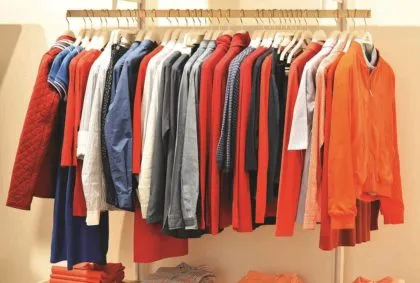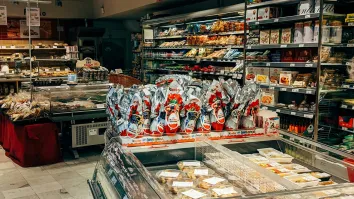
How retailers must respond to the changing power dynamic with their customers
In retailing days of the past, customers had access to a limited range of products, sold in specialist outlets, often in just some select locations. Shopping was more about needs, and less about wants. Control lay with the retailer, from availability to pricing.
Today, the balance of control has shifted to the consumer, who now has a myriad of places they can shop, whether online or in-store, domestically or internationally, with a seemingly endless selection available to suit their ever-changing tastes.
Armed with devices connected to the Internet and social media, shoppers can instantly look at multiple products, prices, reviews and locations, leaving retailers chasing trends rather than dictating them.
In the fashion world, this is no more apparent than in fast fashion, where seasons are defined in weeks and not months and where consumers see the latest trends and styles online and expect it to be on sale almost immediately.
The challenges of demand driven fashion
The threat of e-commerce on traditional bricks-and-mortar retailing is well documented. The likes of ASOS, Amazon and Tmall have given shoppers the convenience of endless aisles and fast deliveries. It has become the go-to explanation for the woes facing retailers. While the impacts are real and apparent, online retailers are not the only cause of the offline retailers’ struggles. We have seen many make the transition to omnichannel but that alone will not turn their fortunes around.
The real challenge for retailers is that they struggle to be all things to all people — the store with the best price, the most variety, the on-trend styles, the fastest fulfilment. While these are worthy ambitions, retailers are risking chasing an unattainable goal. Attempting to be all of these things means they risk losing out on the simple staples of retail — for the customer it is experience; for the retailer, it is profitability.
So how should they respond?
Using technology to enable customer insight
At its core, a retailer needs to understand their core customer base. Who are they? What do they want? What are they influenced by? What are their habits? By understanding the customer, they can then tailor the right offer, balancing the range, price points and fulfilment options.
To better understand their customers, retailers have gotten adept at capturing data. Point-of-sale and e-commerce systems collect transaction information. Loyalty programmes and customer relationship management (CRM) systems capture customer shopping habits and history. Their social media portals not only promote the brand but capture feedback and likes. But to sift through all the information and make sense of it all, retailers need to invest in analytical tools, which can take this data and show which merchandising decisions will be winners and which will be losers, which trends are here to stay and which are fickle.
When different data sources are integrated for analysis, the combined results can offer unparalleled insights … and often lead to competitive advantage.
But is data and technology enough?
However, retailers are realising that simply collecting data and investing in data analysis tools is not enough. This is because fashion is subjective, often with little rhyme or reason. Humans make these choices based on preference, what they simply like, or what influences them. For example, when a celebrity wears a new dress, it’s likely it will sell out online within hours. That type of consumer purchasing behaviour is very hard to predict and prepare for.
Adding the human touch
This means we cannot rely on technology and data alone. While the technology produces results, trends and answers from the data, people with soft skills and market knowledge must be the ones making the real and final decisions.
The pressure the modern consumer puts on retailers means that they need to make decisions more quickly than ever. Whilst in the past merchandising choices would have been laboured over by a group of people over time, it is often just a very small group or single person making the final call these days.
And this makes the risks huge — in the world of fast fashion, unsold stock cannot be held for a few months; it often ends up being discarded and this makes for a costly mistake.
Future success demands that retailers collect data from multiple sources, have the technological ability to analyse the data and create recommendations and insights, and finally have skilled employees who can validate that the recommendations fit the market and consumer climate. Once they have this actionable insight, retailers must be nimble and progressive, accepting the changes they must make.



















 Advertise
Advertise






